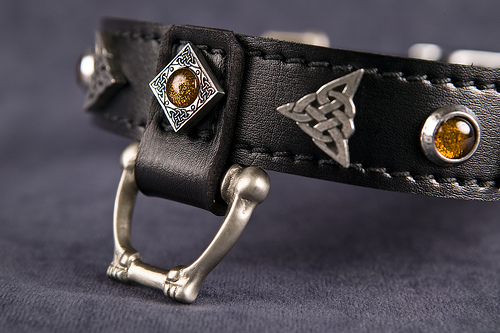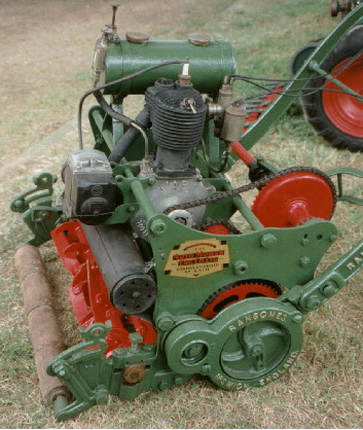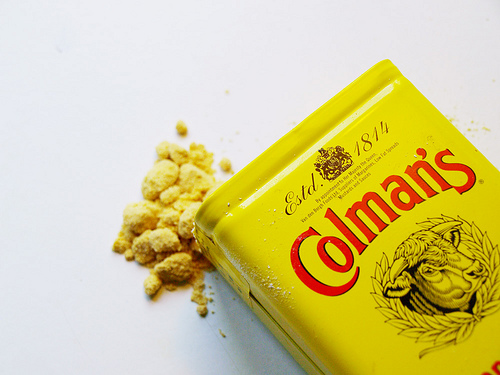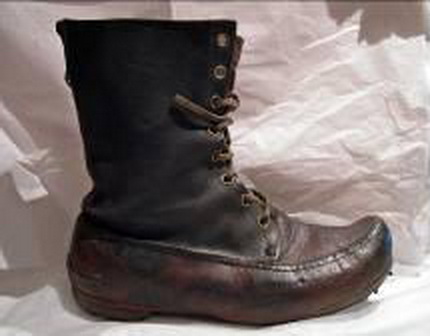Sometimes when travelling to one or another country, it seems that all visitors, regardless of nationality, have read the same guidebooks. Otherwise, it is not possible to explain the fact that crowds of curious tourists go the same route every day, creating queues in the museum box office at regular intervals. The British publication “The Telegraph” published a list of the ten most unusual museums in the Misty Albion, where there is virtually no chance to get for those who explore the country only with guidebook.

1. Museum of dog collars
Leeds Castle, Maidstone
People have established long ago the tradition of decorating their four-legged friends. Make sure that you can visit the museum dedicated to dog collars at Leeds Castle. More than a hundred exhibits, presented here, belong mainly to the Middle Ages. Owners of small pocket dogs, seeing the exhibition, perhaps, will die of envy, because many of the presented can be viewed as a real work of art rather than a banal collar.
By the way, the castle is interesting not only because of the museum. Of course, it is also worth to see the history of the museum with hundreds of rare and exotic birds, and, finally, walk through the labyrinth, the walls of which are formed by 2400 trees planted in a strict order.
2. Museum of antique pushchairs for children
Pailton, Rugby
The museum is dedicated to travel means for children. Its visitors will appreciate its rich collection of not just ordinary four-wheel cradles, but also complex designs for twins. And even walking wheelchairs, which can turn into a small table and chair. You can also see doll wheelchairs. The creators of the museum are confident that after watching so many expositions and listening to lectures about how real means of transport for children must be, any parent would be able to easily choose the right carriage for their offspring. And it will be equally interesting to all to see how far modern technology has stepped in children vehicles producing.

3. Museum of lawn-mowers
Southport
You can have a look at the lawn-mowers collected here, for only two pounds. Together with the ticket you will also be offered and audio guide, which tells in detail about the history of this or that mechanism and how it came to be in the museum. A separately organized exposition tells about the devices, with the help of which the lawns of the most powerful people in the world, such as Princess Diana and Prince Charles, were mowed. And on part of the museum, you can see “racing” cars, based on ordinary lawn-mowers.
4. Museum of plush bears
London
The museum, dedicated to one of the symbols of Britain – Teddy Bear, tells about the cultural importance of the Bear character. Here you can see toys that have witnessed important historical events and toys owned by historical figures and celebrities, as well as collectible plush bears, often existing in a single copy. In addition, it is the very place for buying a Teddy Bear.

5. Museum of dragonflies
Ashton Wold, Ashton, Peterborough, Cambridgeshire
The creators of the museum argued that it was created with the sole purpose to set up people on charity in relation to long-winged insects and to introduce mankind to the extraordinary information on dragonflies. It is not clear how such high ideas are combined with the need to previously killing the exhibits.
6. Museum of Magic
Boscastle, Cornwall
The museum, which all the fans of Harry Potter should necessarily visit, is in the county of Cornwall. Although it appeared long before in 1951) the popular books were published. There is an extensive collection of everything that has anything to do with witchcraft: from witch knives to beams of dried herbs. At the same time, you can see that, apart from trivial divination by the hand – palmistry, there are many other methods as well.

7. Mustard museum
Norwic
A small museum of the history of mustard in the shop of one of the world-famous companies producing spices will please its fans with posters of last century, photographs of mills, where formerly this sauce was made, and various forms of jars with the “Colman’s” labels. At the same time it will be possible to learn about the variety of mustard recipes and flavour shades of the raw material, grown in different places.
8. Pencil museum
Keswic
The museum is located in the province of lakes and hills, on the border with Scotland. It was here in the XVII – XIX centuries that the only graphite ore in England was extracted. The exhibition is devoted to just this page of history of these places. Apart from the fact that there are completely different, sometimes quite unusual, types of pencils here adults and children alike can learn how to draw. And, of course, no one can walk past the museum shop, where, perhaps, is the largest assortment of stationery in the world.

9. Museum of jute
Dunde
Once upon a time this Scottish town famous for its factories for the production of jute. Here the most modern equipment could be found and a lot of people bought local products. However, the demand for jute fell, factories were closed one after another, and only one of them, Verdant Works, rather than drop into nothingness, has turned into a museum. Most of the exhibits in the museum can be touched with hands, and you will be even offered to try to weave your personal jute rope.
10. Museum of packing
Notting Hill
The museum, now numbering over 10 thousand pieces, one way or another related to packaging and advertising, has appeared thanks to a 16-year-old boy, who 200 years ago, rather than throwing away the packaging of the eaten cookies, preserved it, and that was the beginning of the collection. Here you can see packaging, toys, posters and magazines that are relevant to the industry of sales and promotion of consumer goods.


can you tell me when the dragonfly museum closed please